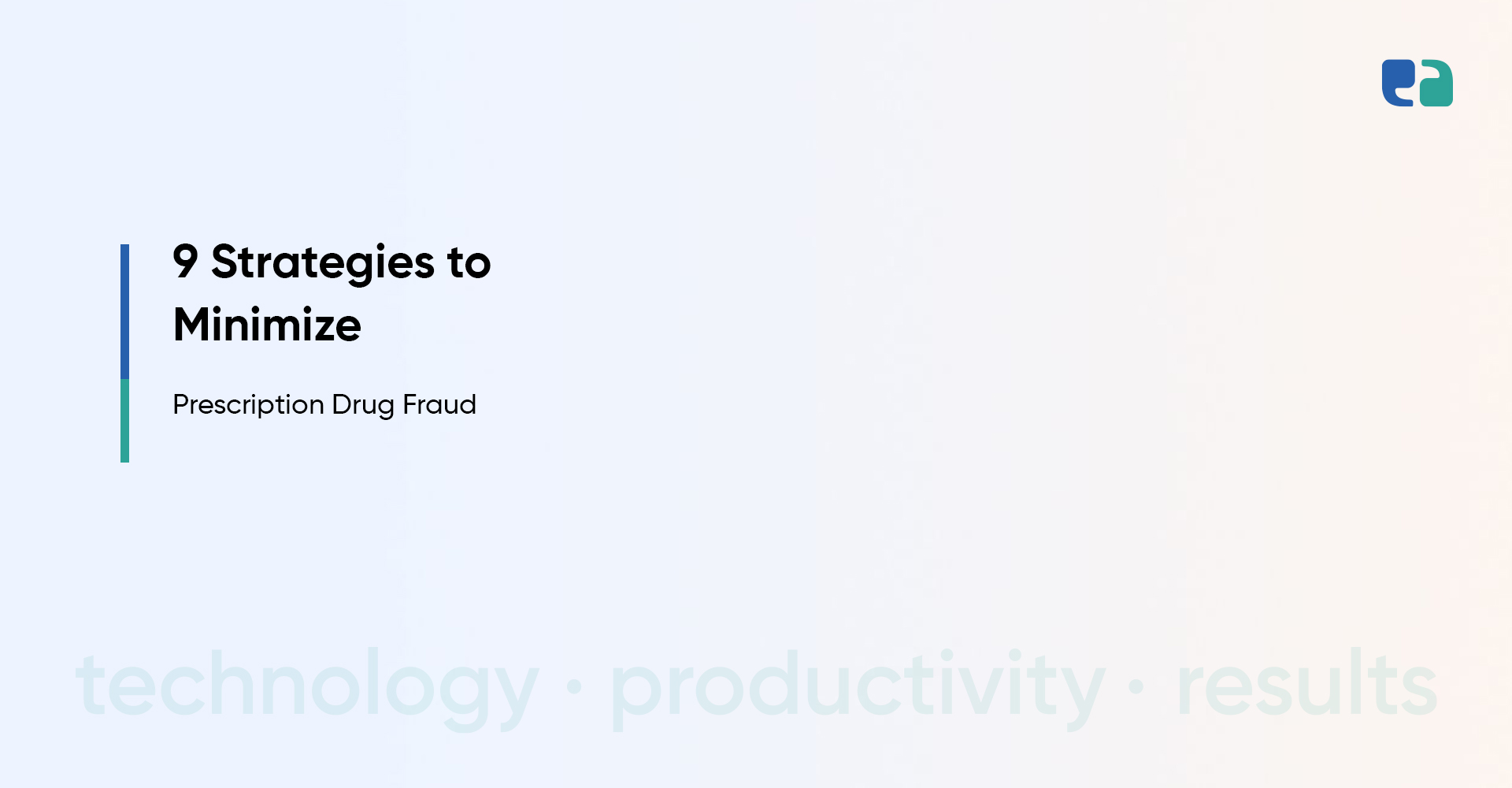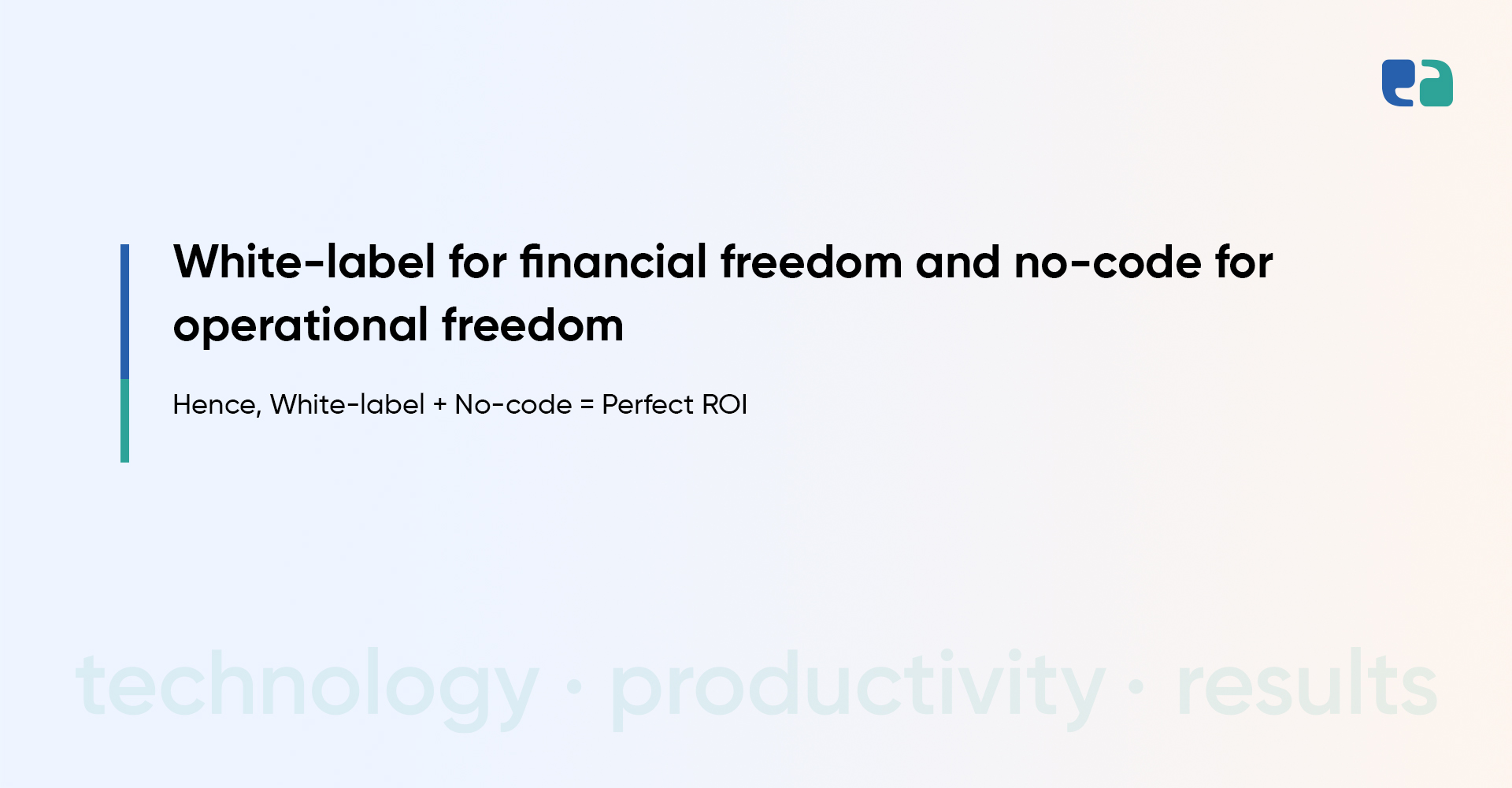Diabetes is a growing global health challenge.
In 2021, 537 million adults lived with diabetes, and this number is expected to reach 783 million by 2045.
Managing diabetes often involves blood glucose monitoring, but traditional methods—like finger pricking—can be painful, uncomfortable, and inconvenient.
This often leads to people skipping regular checks, making it harder to manage their condition effectively.
Thankfully, technology is changing the game.
With the power of generative AI (GenAI), glucose monitoring is becoming smarter, easier, and more user-friendly.
Companies like Dexcom are leading the way.
Their Stelo biosensor, an over-the-counter CGM device, is a perfect example of how GenAI can transform diabetes care.
It provides real-time glucose data and personalized insights, showing what’s possible when AI meets healthcare innovation.
In this blog, we’ll explore how you can build your own GenAI-powered glucose monitoring platform, just like Dexcom.
Whether you’re a health-tech entrepreneur or innovator, we’ll guide you through the process, from key features to development steps, and help you bring your vision to life.
Explaining the Potential Benefits of GenAI in Glucose Monitoring
Generative AI (GenAI) brings exciting benefits to glucose monitoring, making it smarter and more user-friendly compared to traditional methods.
1. Personalized Insights
Traditional advice often feels one-size-fits-all.
GenAI changes this by analyzing your unique health data. It offers tailored recommendations based on how your diet, exercise, sleep, and lifestyle choices impact your glucose levels.
2. Proactive Health Management
With GenAI, you don’t just react to glucose spikes—you can prevent them.
It predicts future glucose trends, alerting you before a spike or dip happens. This means you can plan meals, activities, or medication timing to stay ahead of the curve.
3. Improved Patient Outcomes
By offering continuous monitoring and actionable advice, GenAI helps users maintain better glycemic control.
Fewer high or low glucose events mean a lower risk of long-term complications. Plus, it encourages people to take charge of their health with confidence and ease.
By integrating these features into your platform, you can offer real value to users while contributing to better diabetes care.
The Core Components of a GenAI Glucose Monitoring Platform
Building a GenAI-powered glucose monitoring platform requires three key components: biosensor technology, AI algorithms, and a strong data infrastructure. Let’s break them down.
Key Features of a GenAI-Powered Glucose Monitoring Solution
Building on the essential components, let’s explore the features that make a GenAI-powered glucose monitoring platform stand out.
1. Real-Time Glucose Tracking
Continuous glucose tracking is the foundation of your platform. Integrating with a CGM biosensor ensures a constant stream of glucose readings for AI analysis.
2. Predictive Insights
GenAI can analyze patterns and provide early alerts about potential glucose spikes or drops.
For example:
“Based on your recent meal and current activity, your glucose may spike in 30 minutes. A brisk walk might help manage it.”
Platforms like Dexcom’s Stelo biosensor are already doing this, delivering weekly reports that highlight trends and show how lifestyle choices affect glucose levels. This proactive feature can truly transform diabetes care.
3. Personalized Health Coaching
GenAI goes beyond numbers. It offers personalized advice to help users manage their health better.
Examples include:
- Meal Plans: Suggestions tailored to your body’s response to different foods.
- Exercise Tips: Guidance designed for your specific fitness goals.
- Lifestyle Advice: Insights for improving overall metabolic health.
Dexcom’s Stelo app already provides personalized recommendations related to diet, exercise, and sleep. This feature has enormous potential for further development.
4. Interactive Chatbots
Chatbots powered by AI can provide 24/7 support.
- Instant answers to questions about diabetes management or device usage.
- Built directly into your app for a seamless user experience.
These bots ensure users feel supported at all times.
5. Data Analytics Dashboard
Visualizing health data is a game-changer.
- A user-friendly dashboard displays glucose trends alongside other data like meals, exercise, and medication.
- Helps users identify patterns, track progress, and adjust their management plan.
A clear, actionable overview empowers users to make informed decisions about their health.
4 Step Guide to Building Your GenAI Glucose Monitoring Solution
Creating a GenAI-powered glucose monitoring platform may seem complex, but breaking it into steps makes it manageable. Here’s how:
Regulatory and Ethical Considerations for Your GenAI Glucose Monitoring Platform
Building a GenAI glucose monitoring platform isn’t just about technology. It’s also about ensuring regulatory compliance and ethical practices. Here’s what to focus on:
Future Trends and Opportunities in GenAI Glucose Monitoring
The future of GenAI glucose monitoring is bright and full of possibilities. Here are some exciting trends shaping the next generation of diabetes care:
1. Calibration-Free Monitoring
Finger pricks for calibrating CGMs are a hassle. The good news? Technology is moving toward calibration-free solutions.
- Factory-calibrated sensors like Abbott’s FreeStyle Libre already eliminate fingerstick calibrations for up to 14 days.
- Advanced AI algorithms are being developed to personalize calibrations using past data, reducing manual input.
Example: The upcoming Dexcom CGM might include an online Bayesian calibration algorithm, making calibration-free monitoring a reality.
Imagine this: Glucose monitoring becomes as easy as wearing a sensor—no more finger pricks!
2. Non-Invasive Monitoring
The next big leap is non-invasive glucose monitoring, eliminating needles entirely.
- Optical sensors using techniques like near-infrared spectroscopy are showing promise.
- Wearable devices that analyze glucose in tears, sweat, or saliva are under development.
Researchers are working on smart contact lenses that monitor glucose levels in tears continuously.
3. Integration with Other Health Data
Glucose monitoring is evolving to look at the bigger health picture.
- Future platforms could combine glucose levels with activity, sleep, heart rate, and diet.
This integration would offer personalized recommendations for lifestyle changes and medication.
Want to Build a GenAI Glucose Monitoring Platform as Successful as Dexcom? We Can Help!
Building a basic app to monitor glucose levels is something many software development companies can do.
But creating a Generative AI (GenAI) platform for glucose monitoring? That’s a whole different ballgame. It’s a complex task that requires deep expertise in both healthcare and AI.
AI in healthcare is still relatively new and operates in a challenging landscape.
Trial-and-error approaches by general tech teams can lead to costly mistakes or, worse, serious harm to patients. These risks often arise when working with teams that lack niche expertise in healthcare IT.
At SyS Creations, we bring over 10 years of exclusive healthcare IT experience to the table.
We don’t just develop software; we live and breathe healthcare innovation.
This deep understanding of the industry’s unique needs, combined with our mastery of AI, allows us to overcome challenges with confidence and consistently deliver successful solutions.
Our team of healthcare-focused tech experts and AI specialists works together seamlessly to ensure that your platform doesn’t just function but excels.
We design solutions that drive profitability, enhance patient outcomes, and create meaningful change.



